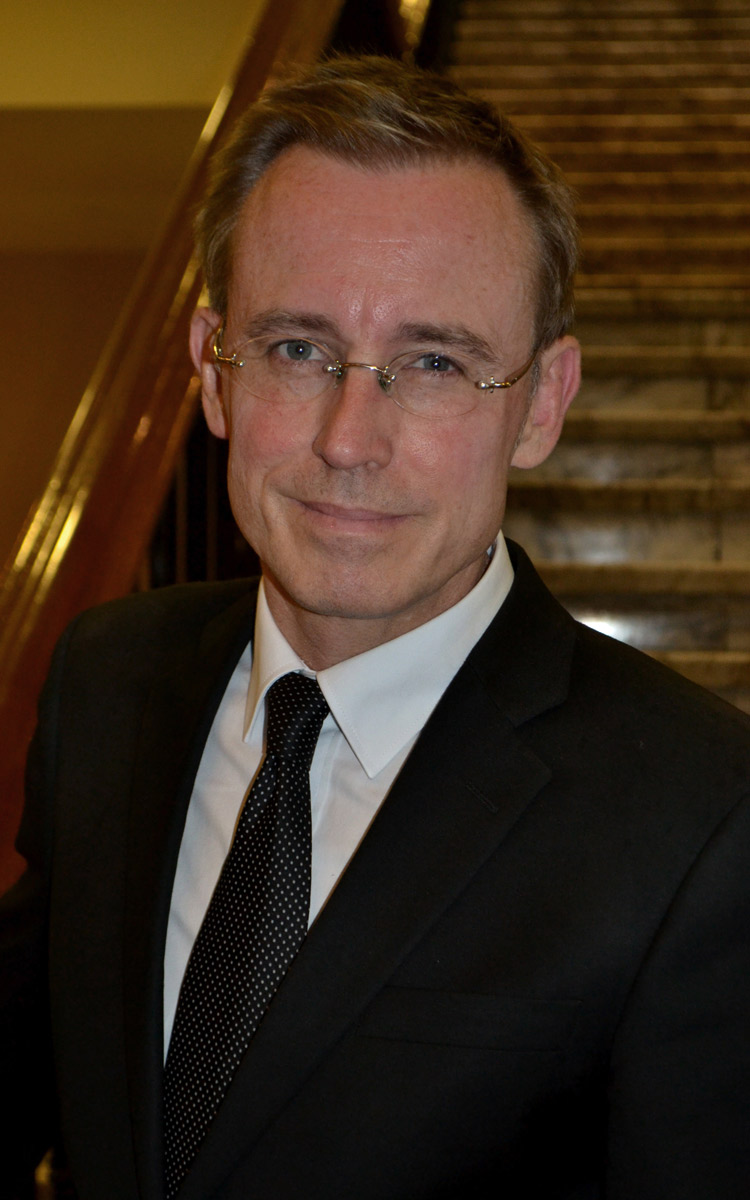Haese wants CBD traffic lights rethink
Lord Mayor Martin Haese says Adelaide drivers are suffering unnecessary runs of red lights in and out of the city, perhaps because of a “secret” agenda to make driving through the CBD more difficult.


Pulteney Street should run smoother for motorists in peak hour, Lord Mayor Martin Haese says. Photo: Bension Siebert/InDaily
And Transport Minister Stephen Mullighan has conceded traffic light sequencing in the CBD is “poor”.
Haese told InDaily it made no sense that people were having to stop at frequent red lights on “gateway streets” in and out of the CBD during peak hour.
He suggested traffic light phasing was being manipulated to make it more difficult for drivers to get into the CBD.
“I think what frustrates people is the continual runs of red lights, in peak hour, on key routes,” he said.
“In peak volume, where people get red light, red light, red light, red light … they go ‘I don’t get it, there’s no one else coming the other way’.
“This can be done better.
“We need to make it as easy as possible for them to get in and get out at those times.”
He said traffic light sequencing needed to be improved to favour the majority of drivers in morning and afternoon peak hours, especially along “gateway streets” such as Pulteney Street, Wakefield Street and O’Connell Street.
“If we automate our traffic lights for morning access, afternoon egress – to make it easier to get the masses in and the masses out – it makes sense,” he said.
“During the day, if those sequencing [patterns are] a little bit different [or] a little slower, or a little more pedestrian-friendly, or whatever it needs to be … fine.
“[But] during peak hour, you’ve got to favour the volume … in peak hours, we can do better.”
Asked if there was any evidence, beyond the anecdotal, to demonstrate the problem he was describing, Haese instead suggested SA’s traffic managers may be purposefully giving drivers unnecessarily bad runs of red lights to minimise driving through the CBD.
But he said no-one would “own up to it”.
He told InDaily he had asked traffic management experts on “several occasions” over the past 18 months “whether the traffic lights in the city of Adelaide are purposely sequenced to make it a little harder than it could be, or should be”.
“My greatest inclination is that they might be,” he said.
“No-one will ever own up to it, but it’s implied [in conversation]. It’s certainly implied.
“It’s like the world’s greatest secret, it seems.”
Haese challenged the State Government to produce a “sustained investment plan” to improve the quality of the ring route around the city, rather than discouraging drivers driving through the CBD using traffic sequencing.

Lord Mayor Martin Haese. Image: supplied.
“Okay, that’s wonderful, you want to discourage people from going through the city – so give them a better alternative, for god’s sake,” he said.
“If you’re wanting to have a system which encourages people to use the ring route, where is the sustained investment plan in the improvement of the ring route?
“I want to see a sustained investment program into [the ring route]. I want to see the big vision.”
Haese said he had spoken to Transport Minister Stephen Mullighan about traffic light sequencing in and around the CBD last year but “it didn’t get a lot of traction”.
Mullighan conceded this morning that “traffic light sequencing is poor in the city – there’s no doubt about it”.
But he put the “incorrect prioritisation” of traffic in the CBD down to the instructions given Adelaide City Council staff to State Government traffic managers.
“We do it according to the instruction [of ACC staff],” Mullighan said.
Mullighan said he and Haese had discussed the problem and agreed to pursue better coordination between council and government traffic management.
He said the intersection of the driving lane on the western side of Morphett Street Bridge and North Terrace was a good example of “low-hanging fruit”, where a small number of cars was regularly being given priority over larger numbers.
“That’s a great example of where traffic is unnecessarily held up,” Mullighan said.
But said Haese was wrong to suggest State Government traffic management was purposefully impeding traffic flow in the CBD to encourage motorists to use the ring route.
He said the government was “right in the middle” of several upgrades aimed at improving the flow of traffic around the ring route, including upgrades to the Adelaide O-Bahn, the duplication of James Congdon Drive and the redeveloped Britannia Roundabout.
Mullighan said effective traffic management was about fairly balancing the interests of motorists and pedestrians.
Earlier in the week, the Adelaide City Council voted to review its transport policies over concerns they are too “anti-car”, reviving ideological battles from the days of former lord mayor Stephen Yarwood.
Mullighan said he “strongly supported” reviewing the ‘Smart Move’ city council transport policy.
At that same meeting, the council agreed to a proposal by South Ward councillor Alex Antic asking for a report “detailing the sequencing of traffic lights in the city, with particular reference to the flow of traffic (slowing and impeding motor vehicle movements)”.




